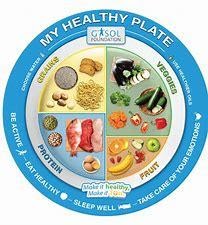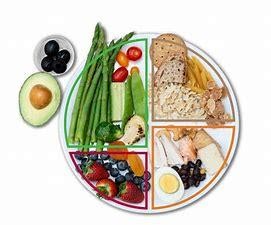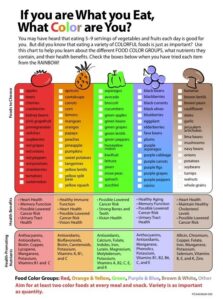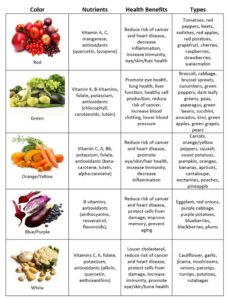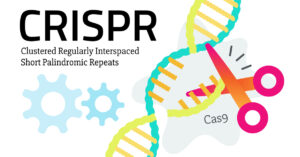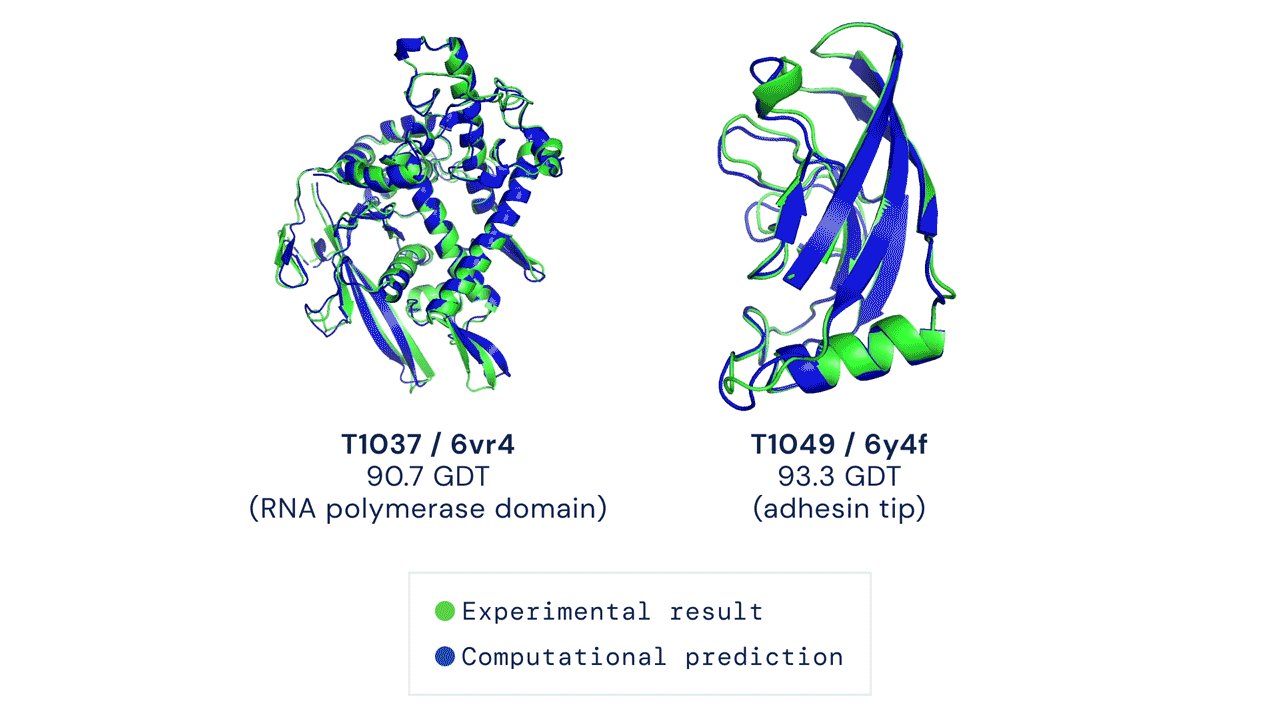
At the Amyloidosis Speakers Bureau (ASB), the first half of this year was a continuation of 2020. Our re-positioning last year with a broader platform and adding in virtual offerings set us up well for 2021. Below we share highlights from the first half of the year. Enjoy!
EXECUTIVE SUMMARY
- The first half of 2021 we gave 34 presentations, bringing our second school year of operation to a whopping 67 presentations to over 2,600 medical students.
- Since inception, the ASB has now made 114 presentations to over 5,600 medical students. Our materials have reached over 33,000 students. YAY!
- We are thrilled that our activities continue to expand – not only are we returning to many medical schools we presented to last year, but we continue to add new schools to the roster. A complete list of schools we have presented to can be found at the end.
- Our outreach now includes DO schools, and this Spring we presented to the largest in the U.S. — Lake Erie College of Osteopathic Medicine.
- Based on feedback from a handful of course directors we have worked with, we have updated our message to medical school curriculum course directors in a way that conveys flexibility to work within their system, adaptability to match a speaker’s journey to their course topic, and transparency to screen speakers in advance. While still early, we are confident this will gain more attention.
- Looking ahead as we emerge from the pandemic, we do anticipate a return to some in-person presentations starting in the Fall. Virtual presentations are here to stay, and adding back in in-person will give us flexibility to meet school preferences.
- We average between 30-40 speakers, which allows for diversity in our speaker population’s disease type and organ involvement, and flexibility in their availability. This has served us well and proved valuable as we offer more customized presentations to schools. Even as we work hard to increase the number of presentations, we expect our current roster will accommodate our growth.
- We are particularly delighted that our medical school student mailing list – students specifically interested in receiving ongoing information about amyloidosis – keeps growing (over 260!). Content is pulled from experts and other trusted organizations with the intention to offer ongoing brief insights into the disease.
- This year, with the help of one of our patient speakers who is a professor/Ph.D. in social science, we are investigating how we can better assess and improve our speaker/ASB effectiveness and durability of our impact. Shortly, we will be analyzing the first six months of preliminary data to see what initial insights can be gleaned.
- In May, we emailed medical school deans with our semi-annual update on our activities. We know some deans forward our update to course directors and have responded positively regarding our mission.
- Two operational notes:
- As you know, we lost our co-Operating Committee colleague Charolotte Raymond to this disease earlier this year. We believe it important to continue to be a patient-led organization, so we have proudly added Lane Abernathy to our Operating Committee. Lane began as a patient speaker with the ASB back in 2019, and expanded her involvement in early 2020 to help us deepen our support for our speakers and develop their presentations. She has been a wonderful supporter of our efforts and we appreciate all she does for the ASB.
-
- In addition, four of our patient speakers have long voiced their interest in getting more involved, so we have integrated them into our efforts.
- Elizabeth Negrelli is working with Lane to support our speakers.
- Sean Riley helps run Zoom presentations, as well as contribute writings to ASB Briefs, our medical school mailing series.
- Dr. Kathy Rowan is working with us to better assess the impact our speaker presentations have on our medical student audience.
- Julieann Ray Cheng is a dietician and a guest contributor to our food/healthy eating blogs.
SPEAKERS
The cornerstone of our effort is our group of wonderful patient speakers, who passionately volunteer their time to give back and share their stories of life with amyloidosis. On average, we have between 30-40 active speakers, diversified by geography across the continental U.S., by amyloidosis type, by organ involvement, by gender and age. This is a rather deep bench, but we have found it both helpful and necessary. Helpful in that we can maximize attendance if we work around the preferred dates and times suggested by the schools. Helpful in that we can match specific disease states with audience focus (e.g., a cardiac amyloidosis patient speaker to a cardiology student interest group). Necessary in that periodically, a speaker’s personal situation may change and they need to step back either temporarily, or permanently. We are fortunate to have a steady pipeline of new speaker interest, which we spend time screening, qualifying, and training. However, in spite of this interest, we feel our current size is appropriate for our current activities and anticipated growth so it will be infrequent that we bring on new speakers.
ADVISORS
We are proud to have an impressive group of medical experts and influencers in the world of amyloidosis, some of whom are also patients, as advisors to support our initiative. Our advisors are active in our efforts and contribute their specialized expertise in a variety of ways, such as medical school introductions, grant requests, educational development, and patient speaker assessment/development. We are extremely grateful for their assistance and believe that, thanks to their contribution, the ASB will make an even bigger difference in the diagnoses of this disease. You can see our prestigious list of advisors on our website page www.mm713.org/speakers-bureau/
TESTIMONIALS – OUR TRUE REPORT CARD
Feedback from students and medical school professors has been extraordinarily positive. It reinforces to us that candid and authentic patient stories are a valuable complement to the medical school curriculum, strengthening the learning and deepening the durability for these future doctors about this disease. This is exactly why we do what we do. Here are just a few of the testimonials from this year.
The speaker’s ability to put a face and experience behind a disease is so much stronger than a textbook will ever be. I will now be much more likely to appropriately add amyloidosis to a differential diagnosis moving forward in my clinical rotations and career. William Bradford, MD Candidate, Tufts University School of Medicine
I love the concept of connecting us with both a concise resource (the video) and a specific patient to give a memorable experience. The sheer volume we learn as medical students can cause glossing over of uncommon diseases. I feel more likely to remember and more equipped to include amyloidosis in a differential. Liisa Dollinger, MD Candidate, Case Western Reserve School of Medicine
As medical students we often only get the textbook definition of so many diseases, and when we read over the symptoms and treatments we merely just memorize and pass them over. Mackenzie’s Mission brings so much more than just the textbook definition of Amyloidosis. It brings the emotion, the struggle, pain, frustration, things that we don’t see on paper. This is so important for us as future physicians to see and hear, because this disease is not just a question on the test it is somebody’s life. And, it truly reminded me of why I am here. More medical students need to hear this! Zachary Hostoffer, DO Candidate, Lake Erie College of Osteopathic Medicine
Our school’s curriculum is organized by different organ systems, so I often think that multi-system diseases, such as amyloidosis, aren’t presented as clearly as other diseases only affecting one organ system. I learned so much about the complexity and severity of amyloidosis because of this presentation and I think hearing Beth’s story really helped me to understand why this disease often goes undiagnosed. Hearing her journey will remind me to advocate for my future patients with amyloidosis and other complex, incurable diseases. Sydney Shade, MD Candidate, Geisinger Commonwealth School of Medicine
As a medical student, I have spoken to several patients and have participated in many patient presentations, but they always seem to miss the mark. We need to hear about the emotional aspects and challenges at home that accompany the journey to diagnosis and treatment. This presentation covered all of that with the clinical information included. Raymond Stemrich, MD Candidate, Geisinger Commonwealth School of Medicine
We are pleased with all we have accomplished thus far, energized by the feedback, and excited about the future! With much love and appreciation,
Mackenzie, Lane, and Deb
Operating Committee of the Amyloidosis Speakers Bureau, sponsored by Mackenzie’s Mission
Since inception in 2019, the Amyloidosis Speakers Bureau has presented to medical students, either as part of the curriculum or to student interest groups, of the following medical schools.
Albert Einstein College of Medicine
California University of Science & Medicine, School of Medicine, San Bernardino
Case Western Reserve School of Medicine
Central Michigan University College of Medicine
Chicago Medical School, Rosalind Franklin University of Medicine and Science
Cleveland Clinic Lerner College of Medicine
Columbia University Vagelos College of Physicians and Surgeons
Drexel University College of Medicine
Florida Atlantic University Charles E. Schmidt College of Medicine
Florida International University Herbert Wertheim School of Medicine
Florida State University College of Medicine
Geisinger Commonwealth School of Medicine
George Washington School of Medicine
Icahn School of Medicine at Mount Sinai
Lake Erie College of Osteopathic Medicine
Lewis Katz School of Medicine at Temple University
Loyola University Chicago Stritch School of Medicine
Mayo Clinic Alix School of Medicine, Rochester
Mayo Clinic Alix School of Medicine, Scottsdale
Northeast Ohio Medical University College of Medicine
Northwestern University Feinberg School of Medicine
NYU Grossman School of Medicine
Oakland University William Beaumont School of Medicine
Quinnipiac University Frank H Netter MD School of Medicine
Stanford University School of Medicine
Tufts University School of Medicine
University of Arizona College of Medicine, Phoenix
University of Arizona College of Medicine, Tucson
University of California San Francisco, School of Medicine
University of Central Florida College of Medicine
University of Chicago Pritzker School of Medicine
University of Cincinnati College of Medicine
University of Colorado School of Medicine
University of Connecticut School of Medicine
University of Florida College of Medicine
University of Hawaii, John A. Burns School of Medicine
University of Illinois College of Medicine, Chicago
University of Illinois College of Medicine, Peoria
University of Illinois College of Medicine, Rockford
University of Iowa Carver College of Medicine
University of Kansas School of Medicine, Wichita
University of Maryland School of Medicine
University of Massachusetts Medical School
University of Minnesota Medical School
University of Missouri Kansas City School of Medicine
University of Nevada Reno, School of Medicine
University of Pittsburgh School of Medicine
University of South Alabama College of Medicine
University of South Carolina School of Medicine, Columbia
University of Toledo College of Medicine
UNLV School of Medicine
Virginia Commonwealth University School of Medicine
Wayne State University School of Medicine
Wright State University Boonshoft School of Medicine
Yale School of Medicine


